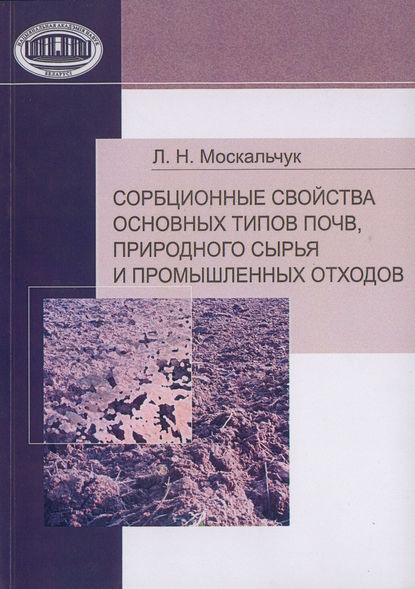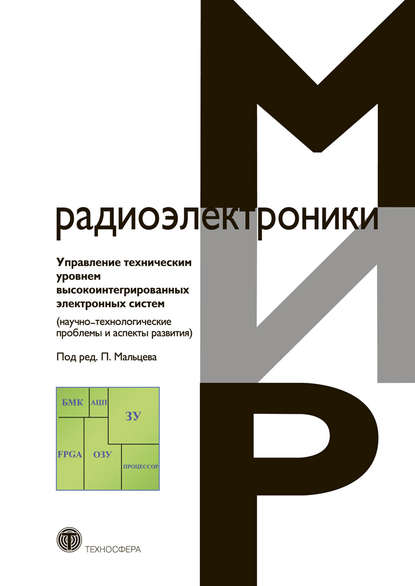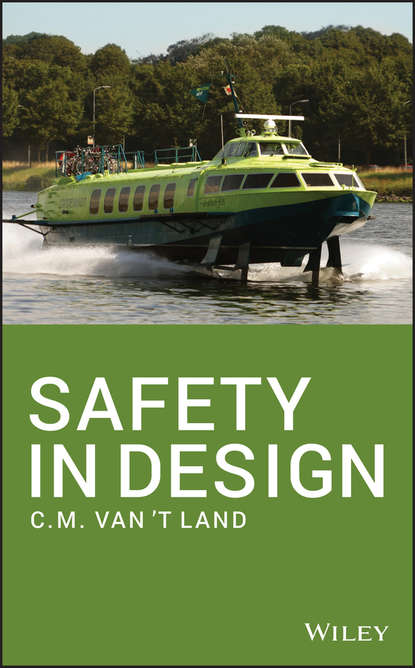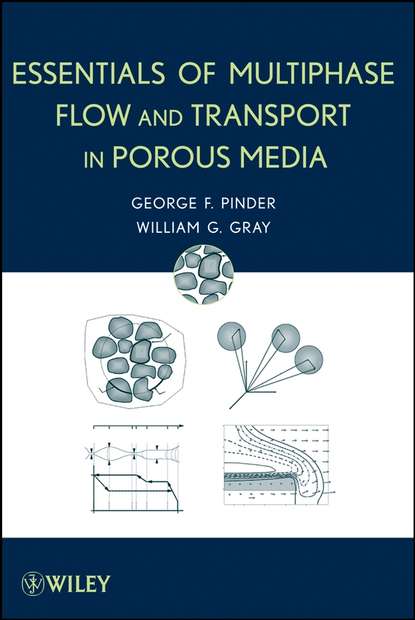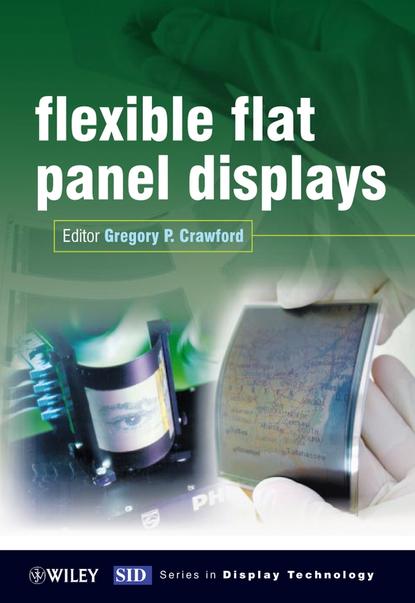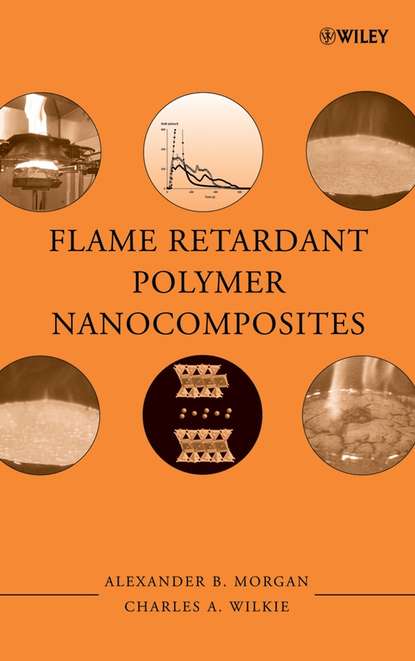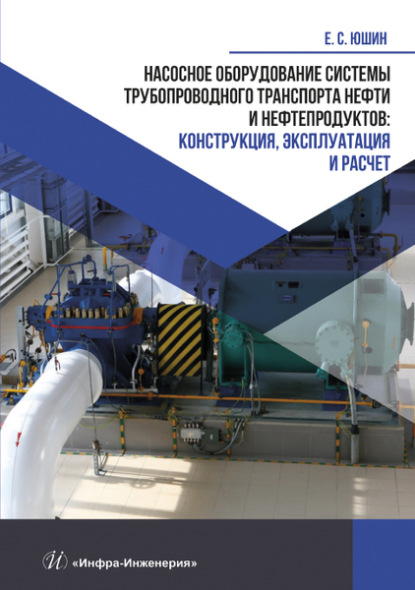Книга "Практическое руководство по диагностике структурных перемещений в зданиях" предоставляет методику диагностики трещин и перемещений в зданиях. Она состоит из четырех частей: первая часть описывает ключевые принципы перемещения и трещин, вторая и третья части описывают основные особенности распространенных форм перемещения и связанных с ними моделей трещин. Вторая часть охватывает причины, отличные от перемещения грунта или фундамента, а третья часть - перемещение, вызванное проблемами грунта или фундамента. Четвертая часть кратко описывает техники, используемые для остановки дальнейшего перемещения или ремонта повреждений, вызванных перемещением. Книга предназначена прежде всего для относительно неопытных оценщиков или инженеров и студентов бакалавриата в области оценки, как практическое руководство для использования на месте работы, она сосредоточена на идентификации и диагностике. Она не только поможет правильно диагностировать проблему, но и продемонстрирует методичный подход к ее выявлению и записи, что крайне важно при даче советов третьим лицам. В большинстве случаев трещины не связаны с фундаментом и не указывают на серьезный дефект.
Электронная Книга «Practical Guide to Diagnosing Structural Movement in Buildings» написана автором Malcolm Holland в году.
Минимальный возраст читателя: 0
Язык: Английский
ISBN: 9781118250365
Описание книги от Malcolm Holland
What's the Crack? When cracking is observed in a building the most common reaction is that it must be the foundations and that it must be serious. Many surveyors are nervous about diagnosing cracks. This is understandable, as the interpretation of cracks can be difficult to teach, with university courses providing little or no time for field experience. Yet by understanding one straightforward principle the majority of cracks can be diagnosed in just a few minutes. Linking this with a good knowledge of construction techniques, the factors that distort cracking patterns and the key features of common causes of cracking, almost all cracks can be diagnosed quickly and with confidence. Practical Guide to Diagnosing Structural Movement in Buildings provides a methodology by which cracks and movement in buildings can be diagnosed. Written in four parts, part one describes the key principles of movement and cracking. Parts two and three describe the main features of common forms of movement and the associated crack patterns. Part two covers causes other than ground or foundation movement and part three covers movement caused by ground or foundation problems. Part four briefly describes the techniques used to arrest further movement or repair damage cause by movement. Primarily intended for the relatively inexperienced surveyor or engineer and undergraduate students of surveying as a practical guide for use on site, it focuses on identification and diagnosis. It will not only help in correctly diagnosing the problem but it will also demonstrate a methodical approach to show and record how the diagnosis was reached – critical when giving advice to third parties. «What's the crack?» – In the vast majority of cases it's not foundation related and in most cases it's not indicating a serious defect.



